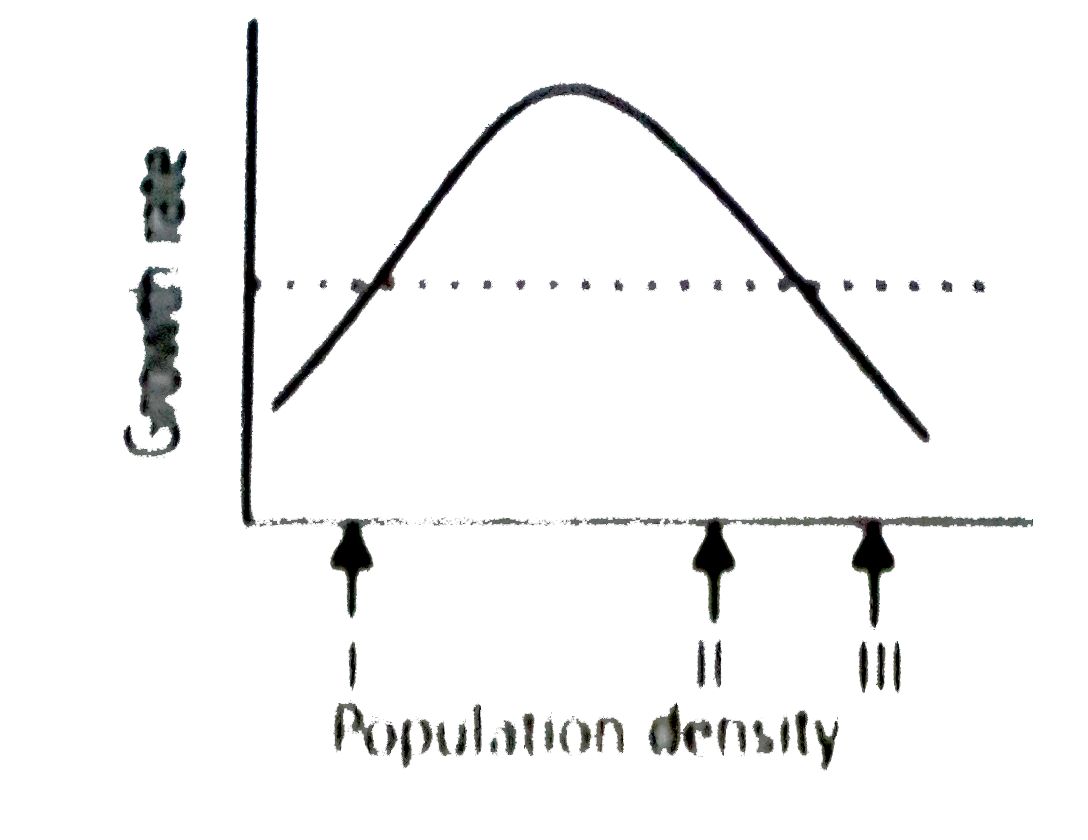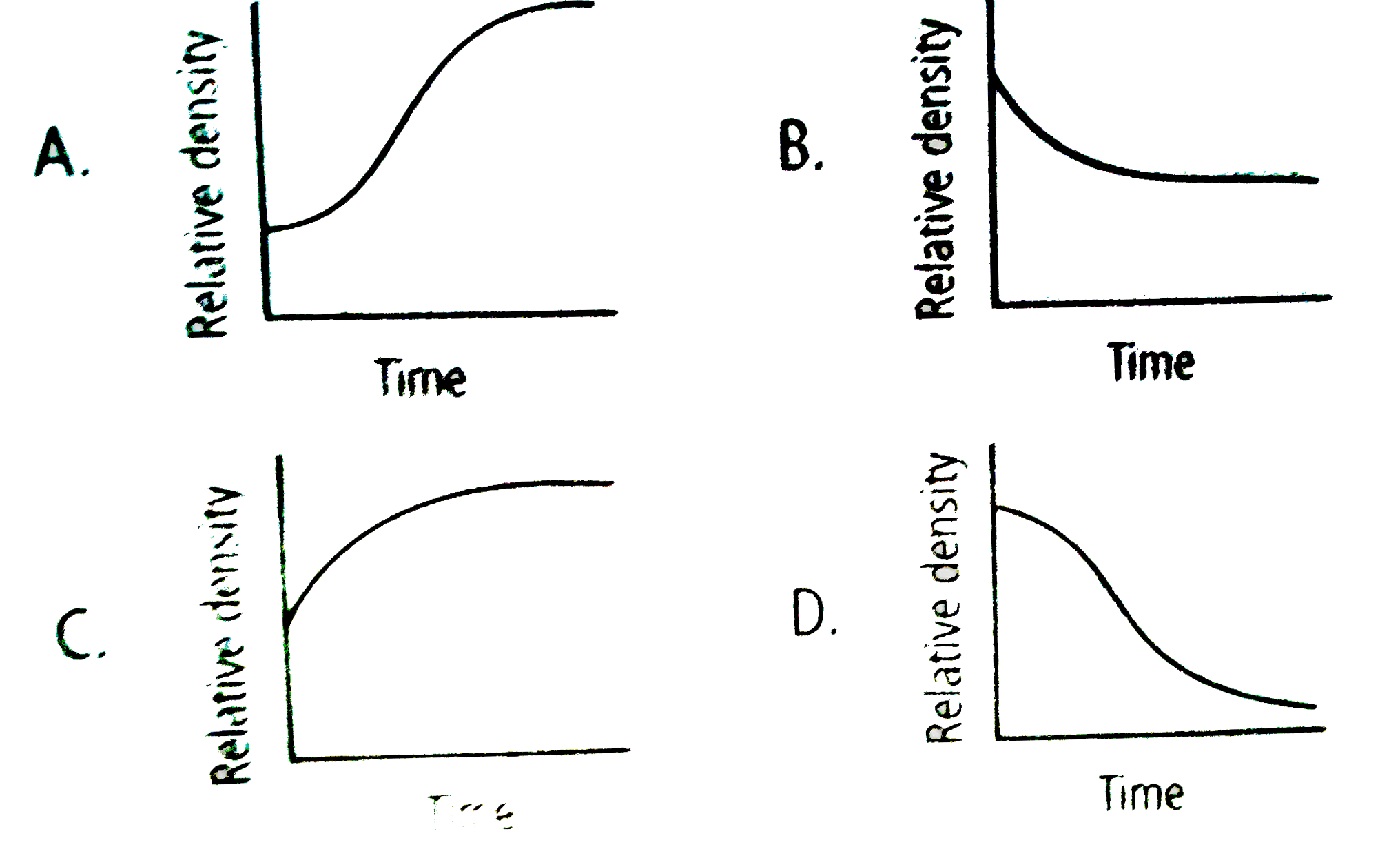If a superior competitor is removed from the area , there is always an increased population of the otherwise exploited species ". Above given phenomenon is according to –
Principal of competitive exclusion.
Principal of resource partioning.
Principal of competitive release.
More than one option is correct .
The correct Answer is:C
To solve the question, "If a superior competitor is removed from the area, there is always an increased population of the otherwise exploited species," we need to identify which principle this phenomenon corresponds to among the given options.
1. Understanding the Question: The question describes a scenario where the removal of a superior competitor leads to an increase in the population of a species that was previously being exploited or limited by competition.
2. Analyzing the Options:
- Option 1: Principle of Competitive Exclusion: This principle states that two species competing for the same resources cannot coexist if one is a superior competitor. The superior species will outcompete the other, leading to the exclusion of the inferior species. This does not explain the increase in population of the exploited species after the removal of the superior competitor.
- Option 2: Principle of Resource Partitioning: This principle refers to how species divide resources to minimize competition. While it explains coexistence, it does not directly relate to the increase in population of an exploited species after the removal of a competitor.
- Option 3: Principle of Competitive Release: This principle states that when a superior competitor is removed, the previously suppressed or exploited species can thrive and increase in population due to the reduction in competition. This directly aligns with the scenario described in the question.
- Option 4: More than one option is correct: Since we have identified that only one option (Option 3) is correct, this option is not valid.
3. Conclusion: Based on the analysis, the correct answer is Option 3: Principle of Competitive Release. This principle accurately describes the phenomenon where the removal of a superior competitor allows the previously exploited species to flourish.
Final Answer:
Option 3: Principle of Competitive Release
- Option 1: Principle of Competitive Exclusion: This principle states that two species competing for the same resources cannot coexist if one is a superior competitor. The superior species will outcompete the other, leading to the exclusion of the inferior species. This does not explain the increase in population of the exploited species after the removal of the superior competitor.
- Option 2: Principle of Resource Partitioning: This principle refers to how species divide resources to minimize competition. While it explains coexistence, it does not directly relate to the increase in population of an exploited species after the removal of a competitor.
Option 3: Principle of Competitive Release
Similar Questions
Consider the following statements conerning food chains
(i) Removal of 80% tigers from an area resulted in greatly increased growth of vegetation
(ii) Removal of most of the carnivores resulted in an increased population of deers
(iii) The length of food chains is generally limited to 3 - 4 trophic levels due to energy loss
(iv) The length of food chains may vary from 2 to 8 trophic levels
Which two of the above statements are correct?
View SolutionConsider the following statements conerning food chains
(i) Removal of 80% tigers from an area resulted in greatly increased growth of vegetation
(ii) Removal of most of the carnivores resulted in an increased population of deers
(iii) The length of food chains is generally limited to 3 - 4 trophic levels due to energy loss
(iv) The length of food chains may vary from 2 to 8 trophic levels
Which two of the above statements are correct?
View Solution
Knowledge Check
Study the following statements regarding food chains and select the correct ones.
(i) Removal of 80% tigers from an area resulted in greatly increased growth of vegetation.
(ii) Removal of most of the carnivores resulted in an increased population of deers.
(iii) The lenght of food chains is generally limited to 3-4 trophic levels due to energy loss.
(iv) The lenght of food chains may vary from 2 to 8 trophic levels.
A) i and ii B) ii and iii C) i and iii D) iii and ivAI and iiBii and iiiCI and iiiDiii and ivThe relationship between population density (Nt) and population growth rate (R=Nt+1lNt) in a certain animal species is shown below.

Choose from the following graphs the appropriate populations growth patterns that would be obtained if the population is at the densities (I, II, III) shown in the graph above. [Note : THe y-axis in A to D is relative density that cannot be compared to the absolute density in the figure]
 AI−A,II−B,III−CBI−D,II−C,III−BCI−B,II−C,III−DDI−C,II−A,III−B
AI−A,II−B,III−CBI−D,II−C,III−BCI−B,II−C,III−DDI−C,II−A,III−B
Consider the following statements concerning food chain :
( a) removal of 80% tigers from an area resulted in greatly increased growth of vegetation
( b) removal of most of the carnivores resulted in an increased population of deers
( c) the length of food chain is generally limited to 3-4 trophic levels due to energy loss
( d) the length of food chain may vary from 2-8 trophic levels
View SolutionStudy the following statements concerning food chains and select the correct ones.
(i) Removal of 80% of tigers from an area resulted in greatly increased growth of vegetation.
(ii) Removal of most of the carnivores resulted in an increased population of deer.
(iii)The length of food chains is generally limited to 3-4 trophic levels due to energy loss.
(iv) The length of food chains may vary from 2 to 8 trophic levels.
View SolutionA botanist is cultivating a rare species of plant in a controlled environment and currently has 3000 of these plants. The population of this species that the botanist expects to grow next year, Nnext year, can be estimated from the number of plants this year, Nthis year, by the equation below.
Nnext year=Nthis year+0.2(Nthis year)(1−Nthis yearK)
The constant K in this formula is the number of plants the environment is able to support.
The botanist would like to increase the number of plants that the environment can support so that the population of the species will increase more rapidly. If the botanist’s goal is that the number of plants will increase from 3000 this year to 3360 next year, how many plants must the modified environment support?
View SolutionA botanist is cultivating a rare species of plant in a controlled environment and currently has 3000 of these plants. The population of this species that the botanist expects to grow next year, Nnext year, can be estimated from the number of plants this year, Nthis year, by the equation below.
Nnext year=Nthis year+0.2(Nthis year)(1−Nthis yearK)
The constant K in this formula is the number of plants the environment is able to support.
According to the formula, what will be the number of plants two years from now if K = 4000 ? (Round your answer to the nearest whole number.)
View SolutionRead the following statements.
(i) Removal of tigers from an area will result in increased growth of vegetation of that area.
(ii) Organisms at each trophic level depend on those at the lower trophic level for their energy demands.
(iii) Food chains are sustained by producers and decomposers
(iv) In a food chain , some organism like sparrow operates at one trophic level only.
Select an option which shows CORRECT statements.
View SolutionThe main cause of extinction of species from tropical area is :
(a) Over - exploitation
(b) Deforestation
(c) Alien species invasion
(d) More than one option is correct
View Solution
